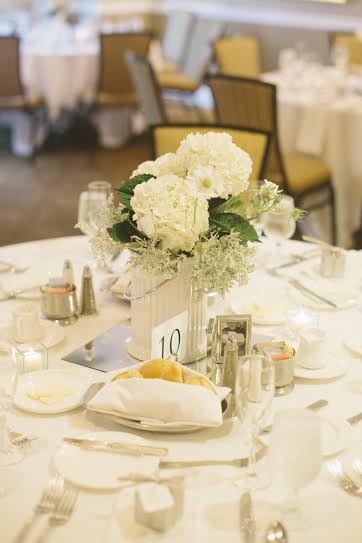by: Terrie Musser & Elly Helgen
With the current threat of climate change and a fear of decreased resources, many individuals are looking for ways to become self-sufficient and include more sustainable practices in their everyday lives. One of the biggest drains on our land and resources is garbage. Lucky for us, there’s an easy solution to this problem – don’t throw so much out! It’s easy to feel good about ourselves when we recycle a piece of paper, or reuse a water bottle, but think of all the waste that is still making its way to the landfill. A lot of this waste is food, or food scraps. Guess what, there’s a way to “recycle” that, too! Composting!
Ew, gross!

If you don’t already compost, it’s probably because you see it as unpleasant, inconvenient, and time consuming. Don’t worry, you’re not alone – a lot of people think it’s gross. Trust me, though, it’s worth it! Composting tends to have negative connotations associated with it because individuals don’t always see its benefits. The benefits of composting, however, are numerous and diverse. Composting reduces landfill pressures by diverting waste, provides a means to repurpose food waste by continuing the food cycle loop, improves soil quality and creates a soil supplement better than fertilizer, and helps to mitigate climate change by reducing greenhouse gas emissions caused by decomposition in landfills. It’s a win-win-win-win! And it’s really not that hard to do. Instead of throwing your food scraps into the trash, just toss them in the compost pile, just like you would put a plastic bottle into the recycling bin. And as far as getting your hands dirty – well, that never hurt anyone. A little dirt (and it really is *only* a little) gives you a sense of accomplishment. In fact, studies show that it can be quite therapeutic. Plus, you’ll be contributing to a more sustainable world!
Tales from the kitchen counter
Composting is a relatively new addition to my life in the kitchen. I am not sure how I arrived at the decision to take action and begin; maybe it was living in the Netherlands for two years and placing garden and kitchen scraps into the “green bin” collected each week. Maybe it was targeted marketing from a garden catalog, or listening to Master Gardener, Doug Oster’s, presentation at the Pittsburgh Home and Garden Show. Perhaps it was my daughter’s wedding that ignited the idea and put it in motion; she selected counter- top compost containers to hold gorgeous hydrangeas on the guests’ tables at the reception. I can’t put my finger on exactly why I started, but I can tell you when— almost three years ago.


Prior to that epiphany, coffee grounds, yard clippings, leaves, dead plants and the yearly jack o lanterns ended up in the woods behind our backyard, but never table scraps. That would have been an open invitation for even more deer to visit. Once the “wedding” composter was on the counter, action had to follow. Being a novice, I couldn’t decide if I wanted a rotating or top- down composter. I opted for the rotating, two bin model, which is placed conveniently next to the garage door for easy access to my kitchen. I knew if the system was going to work effectively for me, it had to be handy. I am happy with the rotating two bins since it constantly combines all the contents and visually cues me whether to add leaves or some grass.

There’s a learning curve for making compost, but it isn’t rocket science. I read about the balance between nitrogen and carbon in the product literature and learned that along with the kitchen waste “greens” that supply nitrogen, you need to add dry leaves “browns” which are a good supply of carbon. If the bin scraps look too wet with all the vegetable and fruit scraps, I throw in several handfuls of leaves, which are in no short supply around my home. During the winter, the decomposing process is slow and when the temperature drops below zero the compost freezes; so does the sliding lid. When that happens, I hold the table scraps in the garage in a secure container until the temperature rises.

Besides the “feel good factor,” the benefits from composting have been two- fold. The amount of trash each week has been reduced to one partially filled container. Secondly, our gardens have been enriched by waste that would have ended up in a landfill.
If you are on the edge of deciding whether or not to take the plunge and start composting; do it. The first batch that you work into your soil will make you a believer.
Now let’s get composting!
The next step is deciding what kind of composter you want and what you’re going to compost. The fun part is, it’s completely up to you!
One Comment Add yours